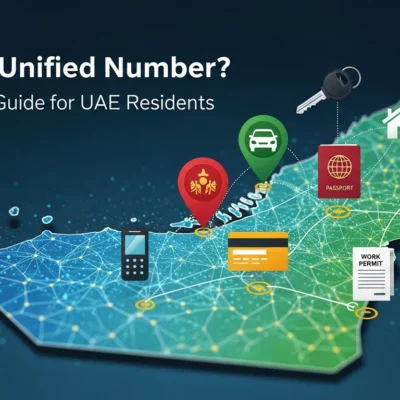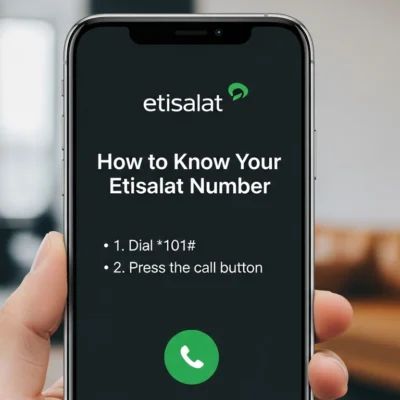Here’s how to celebrate Ramadan in Madinah: Second holiest city in Islam.
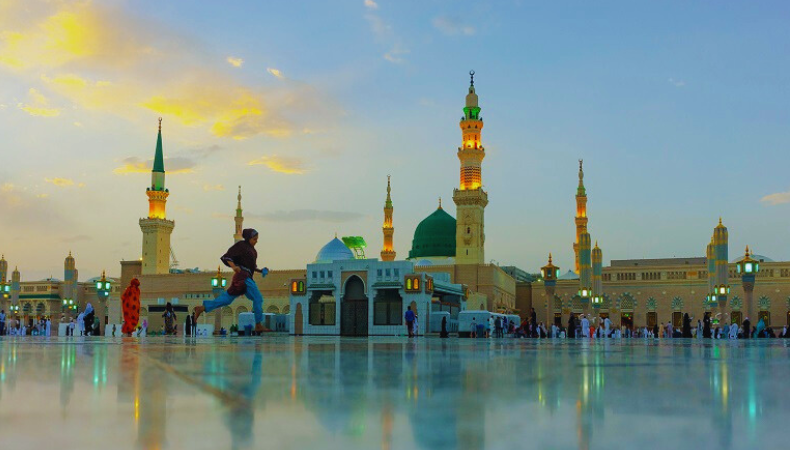
The ninth month of the Islamic calendar, Ramadan, is devoted to fasting and prayer and is revered as a holy month. It commemorates the moment the prophet Muhammad was shown the holy scripture of the Quran by the angel Jibreel.
In Madinah, people celebrate Ramadan with great fervor, enthusiasm, and joy. Enjoying the festive atmosphere, pilgrims can spend their time in congregational prayer, iftar, remembering Allah, and paying their respects at the ‘ziyarats’.
Celebrate Ramadan In Madinah
In Islam, Madinah holds great historical and theological importance. It had existed for over 1500 years before to Muhammad’s decision to leave Makkah. It is revered as the location where Prophet Muhammad founded the Muslim community, or Ummah, in 622 CE. The hallowed Masjid Al-Nawabi, where pilgrims from all over the globe congregate to seek blessings and favors from Allah, is the location of his interment.
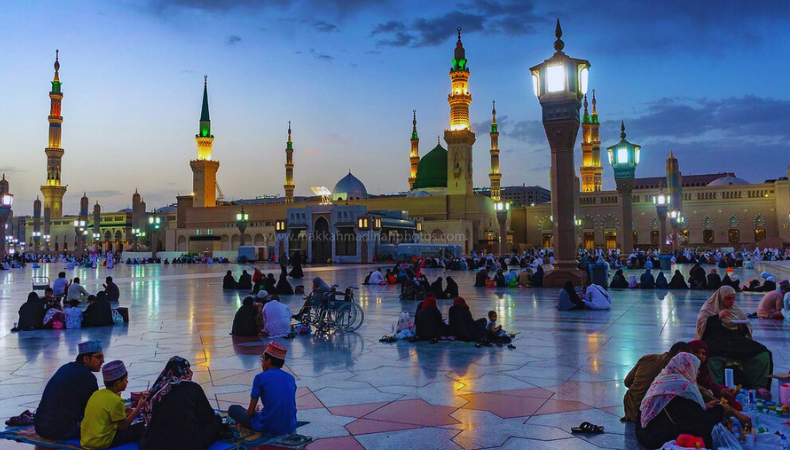
Prophet Muhammad used to live in the Al-Nawabi mosque. The contemporary building is a stunning, colossal mosque with two tall minarets and green domes that reach the sky. Travelers visiting Madinah pay homage to this magnificent location, which is among the holiest places for Muslims.
Apart from the Al-Nawabi Mosque, Madinah is home to other sites of historical significance in Islamic history, including the Al-Ahzaab Mosque, the site of the commencement of the Ahzaab fight, Mount Uhud, the site of a significant Islamic battle, and Jannat-Ul-Baqi Cemetery, which is home to several of the Prophet’s companions.
Hejaz Mountains and barren valleys around modern-day Madinah, the historic Yathrib. In addition, there are dormant volcanoes nearby and the Nafud Desert. Under Muhammad’s leadership, it functioned as the capital of the Muslim empire, but now it displays a mixed-cultural milieu involving Sunnis (the majority), Shias (the minority), and non-Muslim migrant laborers.
How to celebrate Ramadan in Madinah?
There’s a particular serenity and optimism to the streets of Madinah during Ramadan. The people who live there commit themselves to serving Allah and his soldiers. Individuals from many backgrounds strive to assist those in need while concentrating on spending valuable time with their loved ones. In Madinah, the start of Ramadan is like the start of the festival season.
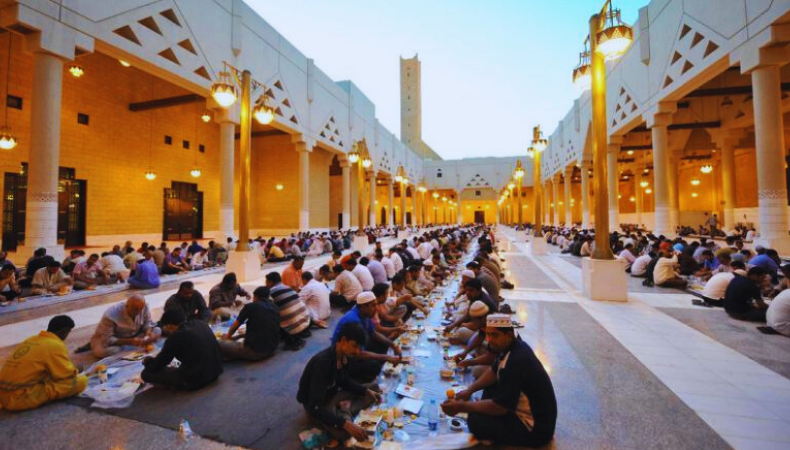
1. During the holy month of Ramadan, mosque-goers in Madinah fill the streets before and after Salat al-Maghrib, or the sunset prayer, with heartfelt congratulations and duas.
2. Around this time, greeting cards and invitations to join the orphans for Iftar are displayed on billboards and posters by the side of the road.
3. Many individuals give food and presents to those in need. While in Madinah for Ramadan, visitors can also make a donation to support the less fortunate.
Ramadan celebrations at Masjid Al-Nawabi During
During the month of Ramadan, the Prophet’s Mosque in Madinah receives the highest number of visitors. Each year during Ramadan, the locals furnish the mosque with necessary items and adorn it.
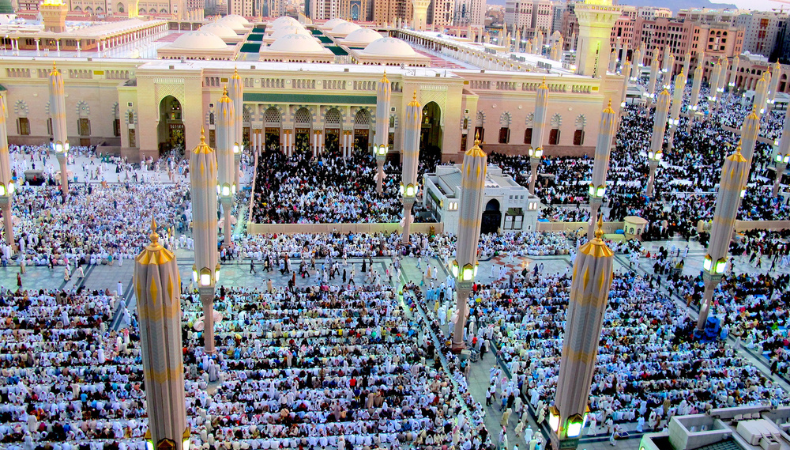
They set up the mosque’s Iftar tables and cook with zeal for their fellow Muslims. The deed promotes a sense of camaraderie and fraternity among individuals and helps those keeping the fast.
Meals and other arrangements are the sole responsibility of the approved Iftar service providers, as per the standards.
Iftar Celebration
The space outside the mosque is separated into two areas during Iftar: one for men and one for women. Visitors to the mosque need to be aware of these distinctions.
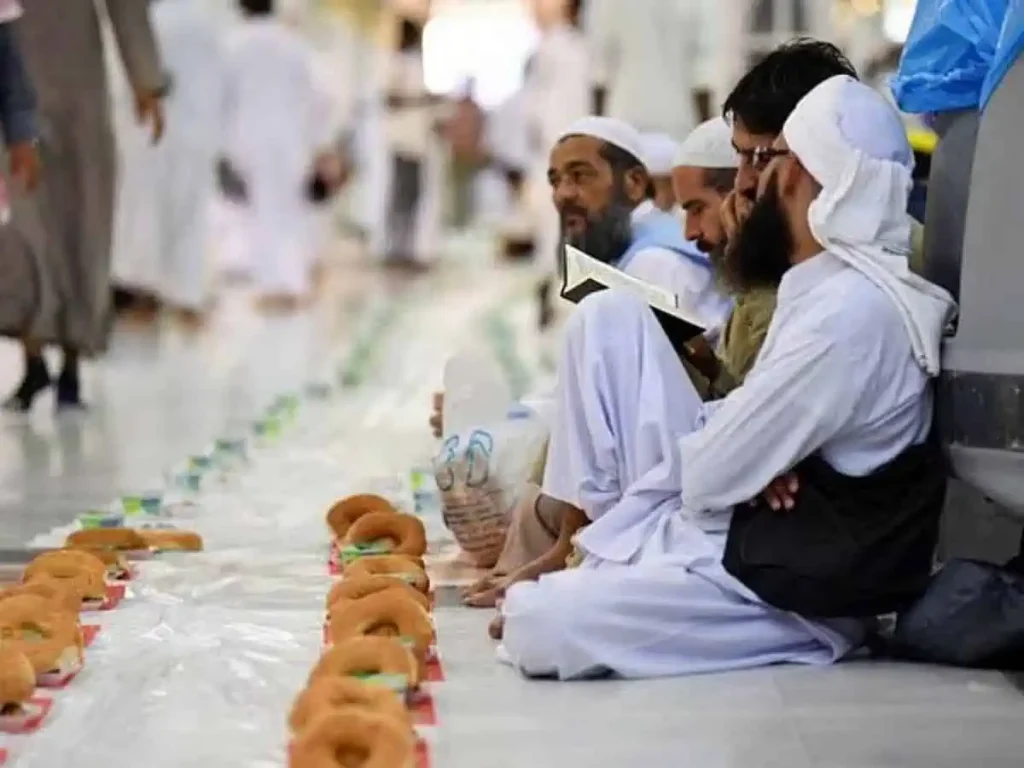
The mosque serves bread, coffee, dates, and yogurt as part of its Iftar meals. Meat, rice, dates, juices, coffee, tea, and water are among the somewhat more substantial meals that are offered in the mosque courtyard. These meals are cooked directly following the Asr prayers.
The mosque grounds are neatly cleaned and ready for Taraweeh and evening prayers after Iftar. During Ramadan, people in Madinah take part in Taraweeh and evening prayers with great fervor.
Notably, the mosque receives more than 300 tons of Zamzam water, enough to fill 1500 water containers on its grounds. The mosque’s general president works nonstop throughout this period to make sure that everything is set up properly and that worshipers are comfortable.

